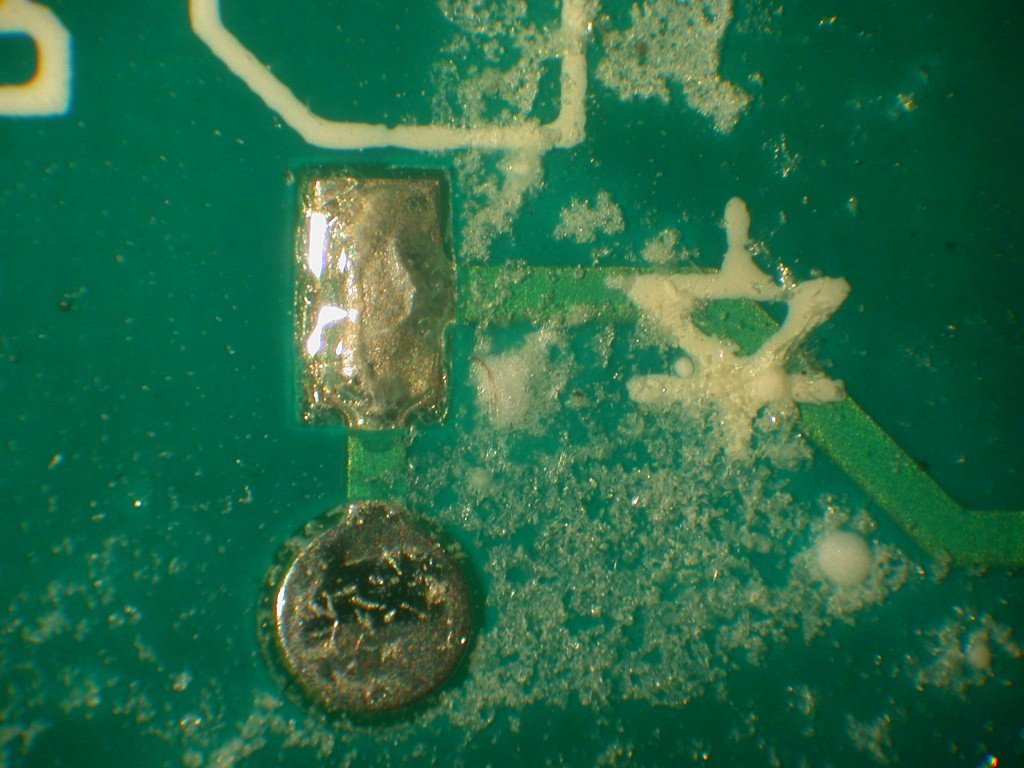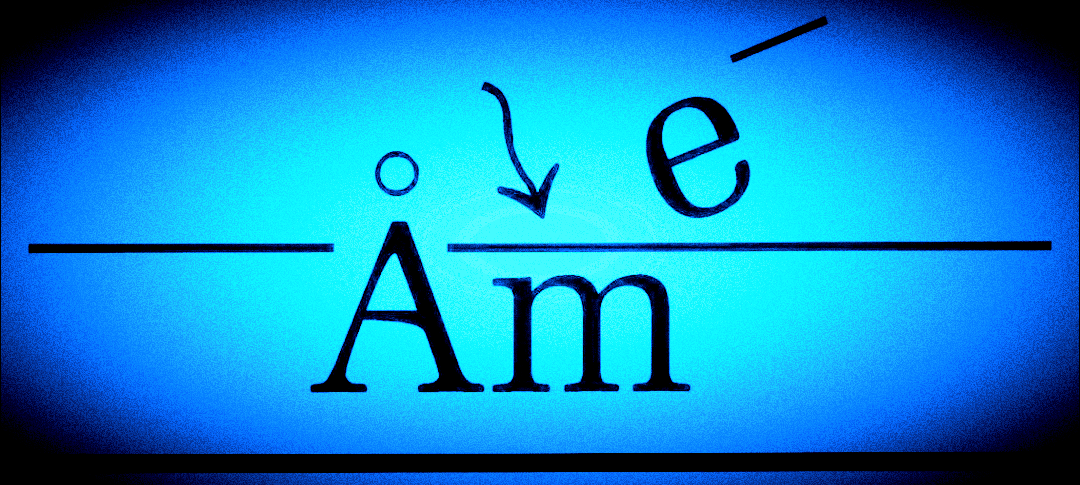At Anderson Materials Evaluation, we provide expert contamination testing to ensure your surfaces and interfaces are clean and free from harmful residues. Our state-of-the-art techniques and equipment deliver accurate and reliable results for a wide range of industries.
X-ray Photoelectron Spectroscopy (XPS or ESCA)
- Elemental Composition Testing: Precisely measure surface contaminants at the elemental level.
- Chemical Phase Identification: Determine the chemical states of contaminants.
- High Sensitivity: Detect even the smallest amounts of contamination with an analysis depth of 10 nm.
- Surface Cleanliness Verification: Confirm that surfaces meet required cleanliness standards.
- Silicone Contamination Analysis: Measure silicone concentration and chain length to assess potential impacts on adhesive bonding and sealant integrity.
- Contamination Detection Kits: Use our silicone and fluorocarbon detection kits for facility and oven contamination evaluations.
- Cleaning Agent Evaluation: Analyze the effects and residues left by cleaning agents.
- Ion Sputter Gun Removal: Assess the thickness of surface contamination layers.
- Interfacial Contamination Testing: Identify contaminants after adhesive failures, peels, or pull tests.
- Depth Profiling: Perform elemental analysis through thin surface layers.
- Residue Analysis: Identify residues left after solvent evaporation.
FTIR (Infrared Spectroscopy) for Surface Contamination
- Organic and Inorganic Identification: Detect functional groups in thicker contaminant layers.
- Surface and Bulk Composition Comparison: Analyze organic material composition.
- Plasticizer and Fire-Retardant Detection: Identify segregated additives on plastic and polymer surfaces.
Gas Chromatography – Mass Spectrometry (GC-MS) Services
- Swab and Wipe Analysis: High-sensitivity analysis of contaminants at ppb concentrations.
- Rinse Solvent Analysis: Identify surface residues through solvent rinsing.
Microscopic Examinations for Contamination Analysis
- SEM with Digital Imaging: Visualize surface inclusions and deposits.
- Optical Microscopy: Detailed digital imaging for surface analysis.
- Metallographic Microscopy: Nomarski phase contrast for structural examination.
Profilometry and Surface Roughness Measurements
- Surface Roughness Analysis: Measure surface irregularities and defects.
- 3D Topography Mapping: Detailed mapping of surface features.
- Defect Detection: Identify small-scale defects affecting surface quality.
Laser-Induced Breakdown Spectroscopy (LIBS) for Contamination Testing
- Elemental Composition Analysis: Rapid determination of major material components.
- Surface Contamination Detection: Assess residues and contamination sources.
Corrosion Analysis
- Identify Surface Contamination: Determine contaminants that contribute to corrosion.
Applications for Contamination Analysis
- Electronics Contamination Analysis
- Packaging Materials Evaluation
- Medical Device Cleanliness Assessment
- Composite Material Integrity Testing
- Adhesive Bonding Reliability
- Corrosion Prevention Strategies
Case Histories
- Polymer Sealing Problem Resolution: Case study using XPS analysis.
- Silicone Contamination Detection: Identification on acrylic adhesive surfaces.
- Facility and Oven Silicone Testing: Comprehensive evaluation using contamination test kits.
Contact Us / More Information on Contamination Testing
For detailed information on each analysis method and their applications, visit our dedicated page or contact us directly with your specific requirements.

